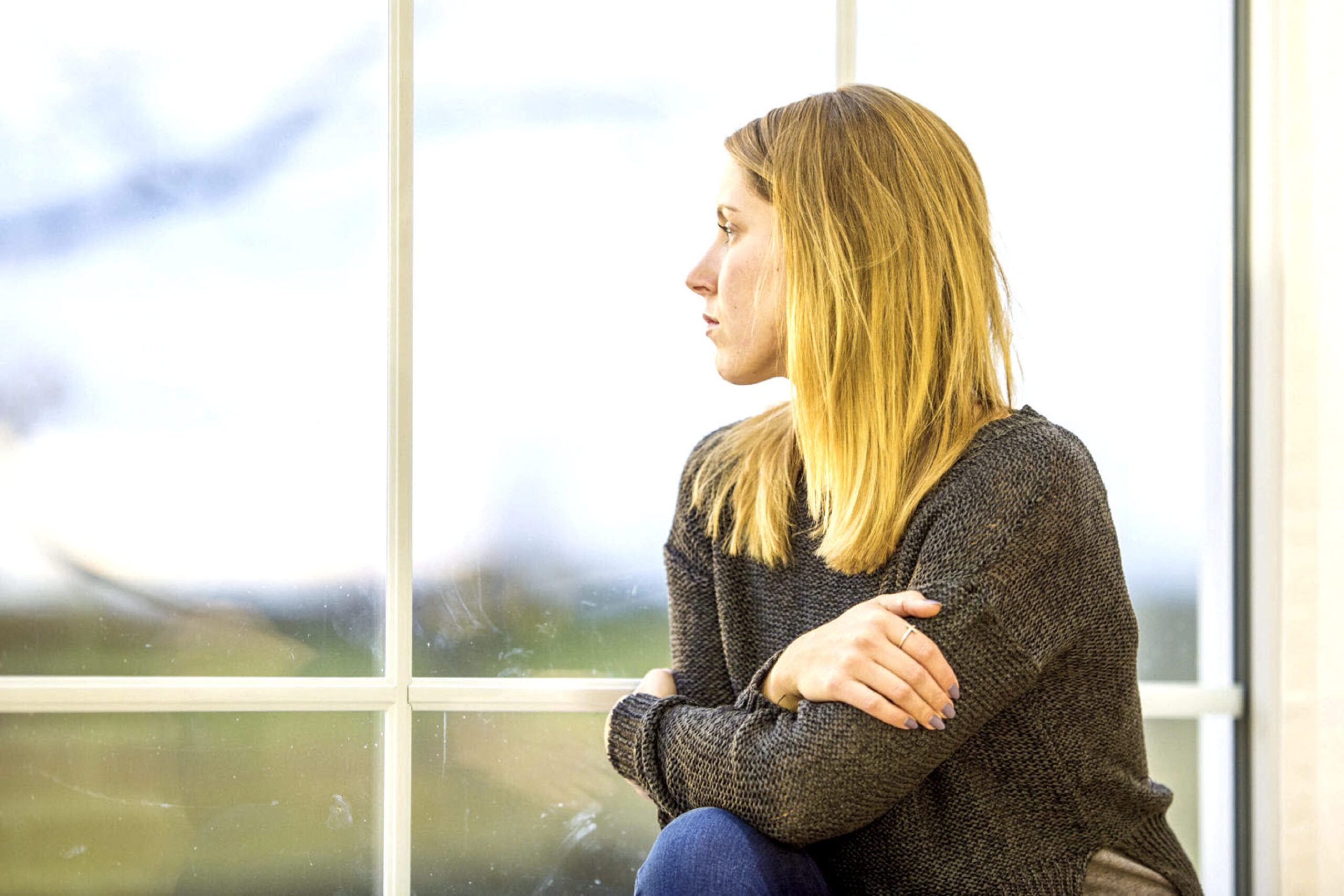#JamesDonaldson On #MentalHealth – Recent #Suicides Show #MentalHealthIssues Can Strike Anyone, Anytime – SIU Expert Offers Helpful Information During #MentalHealthAwarenessMonth

James Donaldson's – Standing Above The Crowd's Blog
A View From Above on Things That Make The World Go 'Round
